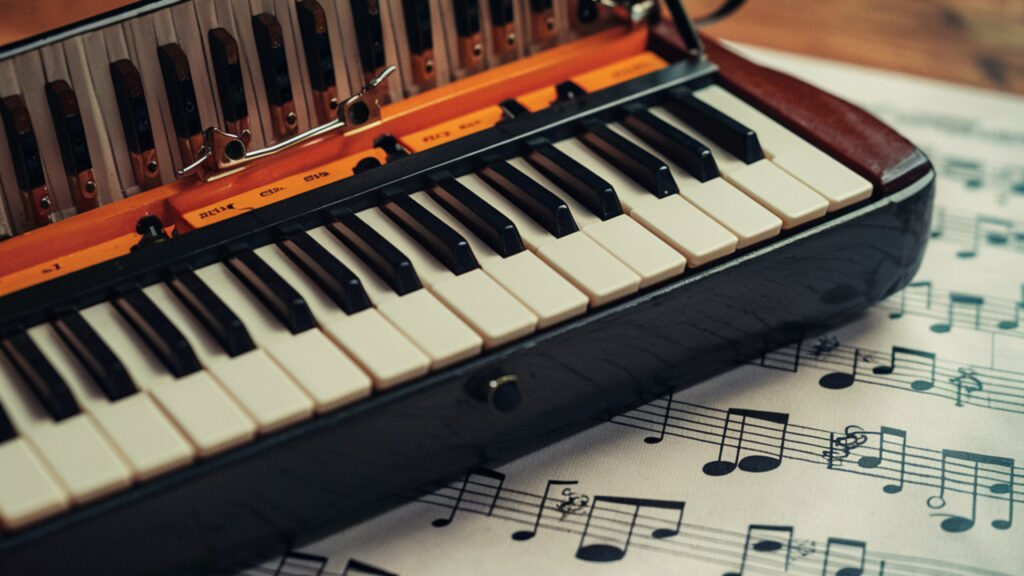The melodica is a unique musical instrument that produces sound through the interaction of reeds and air. In this article, we will explore the inner workings of the melodica and understand the science behind its captivating sound.
Recommended Best Melodica 2025
| Recommendation | Product |
| Best Overall | Yamaha (P37D) 37-Key Melodica |
| Popular Choice | CAHAYA Melodica 32 Keys Keyboard Instrument |
| Best Value | Eastar 37 Keys Melodica Instrument |
| Best Budget | Eavnbaek 32 Keys Melodica Instrument |
| Another Excellent Pick | Suzuki (M-37C) Melodica |
Understanding the Melodica
The melodica, also known as the pianica or blow-organ, is a free-reed instrument that belongs to the family of wind instruments. It consists of a keyboard and a built-in air chamber. When a key is pressed, it opens a valve blocking its corresponding reed, allowing air to pass through it.
How Reeds Produce Sound
Each key of the melodica is connected to a reed, which vibrates when air passes through it. The sound of each vibrating reed reverberates in the shell of the instrument, which may be made of plastic, timber, or metal. Players can control the instrument’s volume with air pressure.
The Bernoulli Effect
The melodica’s sound production is also influenced by the Bernoulli effect, which explains how the speed of air affects pressure. As air flows through the reeds, the Bernoulli effect contributes to the vibration and sound production.
Tuning the Melodica
Just like other instruments in the free reed family, such as the harmonica and accordion, the melodica requires regular tuning if it is being played frequently. Tuning a melodica involves adjusting the reeds to ensure accurate pitch and sound quality.
Playing the Melodica
Playing the melodica involves blowing air through the mouthpiece, which then travels into the reed chamber. By pressing the keys, the player changes the airflow to produce different notes and melodies. The melodica’s polyphonic nature allows players to produce multiple notes simultaneously.
Challenges And Training
While the melodica offers versatility in sound production, playing complex chords and melodies can be challenging, especially when requiring sustained airflow for extended musical passages. Mastering the instrument requires practice and control over breath and finger coordination.
The Melodica in Performance
With its unique sound and portability, the melodica has found its way into various music genres and performances. Its distinctive timbre adds a captivating element to ensemble and solo performances, making it a versatile and expressive instrument.
